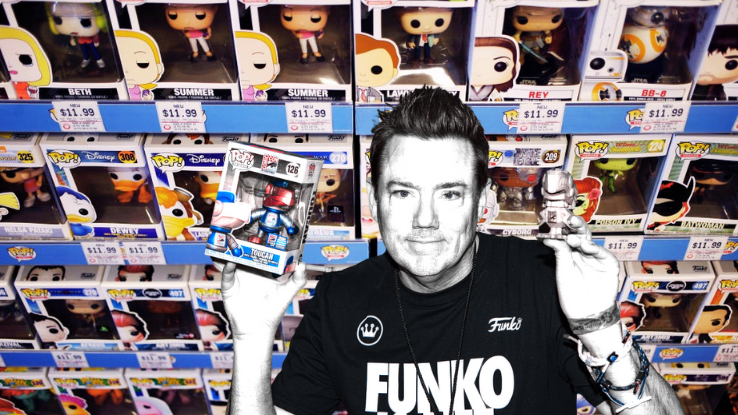
Giant-headed, big-eyed plastic figurine replicas of your favorite people and characters from pop culture. That may not sound like new ground, but Funko, which rose to global stardom selling just that, has reinvented the wheel when it comes to fandom merchandise.
Channeling an energy that seemingly fizzled out in the 1990s, Funko Pops are the most “I need that” fad toy on the market since Beanie Babies, Pogs and Pokémon cards of the ‘90s. Much like other collectibles, people enjoy Funk Pop figures in many different ways. Some collectors don’t ever take their Pops out of the box in the hopes that they’ll be worth more some day, while others remove them to create impressive displays or bring a pop of fun to their workspace. There are also people who buy them just to resell them for a higher price.
One big difference? No one collecting ‘90s merch had to worry about bots buying up all the good Beanie Babies before they hit the shelves. Funko Pops are very much a product of the 21st century. They’re only becoming more ubiquitous in this decade. That means worrying about bots buying up products and driving up prices. But it also means that a strong community has formed around Funko.
Like with many collectibles, it’s easy to obsess over Funko Pops. It’s not uncommon for a collector to own hundreds of Funko Pops, all proudly on display and (potentially) boxed. Just how, exactly, did Funko get so popular, though? Here, we’re taking a look at Funko’s rise to find out just how their plastic claws gripped onto the heart of popular culture. Whether you’re a seasoned “chase collector,” or someone who’s just learning about these figurines, the story is still in mint condition.
Funko’s Modest Beginnings and Transformative Sale
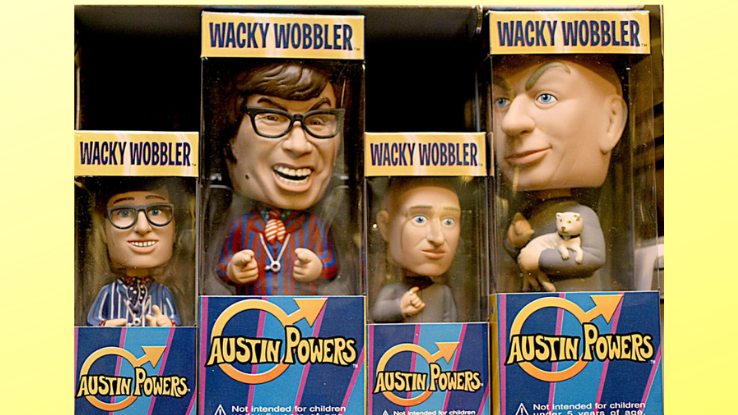
Funko was started in 1998 by a toy collector named Mike Becker. The founder wanted to create a toy-sized version of a mascot for a restaurant called Big Boy Restaurants, a franchise based in Michigan. After working with the restaurant, Becker created a line of bobblehead figures called “Wacky Wobblers”. Even then, they were targeting nostalgic intellectual properties like Looney Tunes and Peanuts.
In 2005, the company was sold to Brian Mariotti. The new leadership’s strategy was to expand to other properties. As was the case with the UFC, another once-niche interest, a change in leadership and strategy brought Funko to the mainstream. This continues to work well for Funko to this day! In 2010, Funko’s Pop! Vinyl figures — the product that the company is most well known for — started hitting shelves and selling quickly.
Since then, the most expensive Funko Pops have gone for thousands of dollars. A documentary called Making Fun: The Story of Funko can be streamed on Netflix if you want the whole history. But take our word for it: Funko Pops have sold millions of units, swept across countless fandoms, and even made an appearance as balloons in the Macy’s Thanksgiving Day parade.
What Made Funko Blow Up? The Secret to Can’t-Miss Collectibles
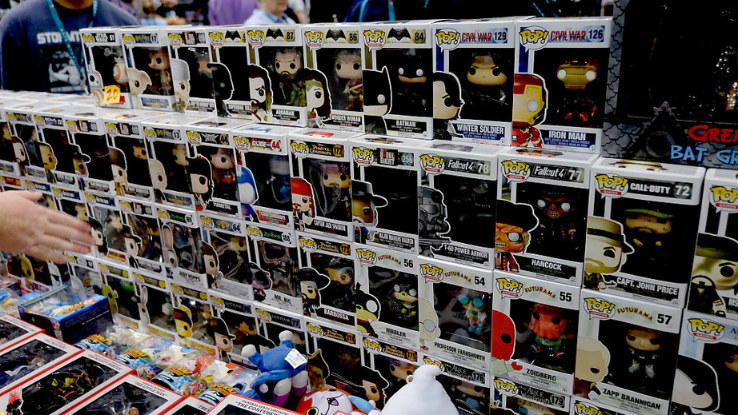
Funko is excellent at securing licensing deals with properties they don’t own. It feels like the company is working with literally everyone. Disney, Sony, the NFL, HBO, Amazon and over 200 other content providers have worked with Funko since 2019. Thanks to whatever savvy business practices made these connections possible, there are Pops for nearly everything and everyone.
This covers fandoms that typically sell merch, like comic books, video games and anime. But Funko Pops even goes beyond in these fields, from capitalizing on hit shows like WandaVision to gaming franchises like Super Mario Bros. to trending anime like Demon Slayer. There are Funko Pops of other icons, like Conan O’Brian, the White Stripes, and characters from The Office. There’s even a Kool Aid Man Pop.
In creating merch for fans that don’t typically get the opportunity to buy toy-like products, Funko is reaching an untapped market. This can make any fan of virtually anything say, “I want that” for the thing that they enjoy, too.
Plus, Funko Pops are cheap to make and usually sell for under $15. Only having to pay a 16% royalty fee to the properties they license from, Funko has made consistent profits off its products. Since Funko Pop often makes limited runs of each character, their products sell quickly and there’s always demand for more.
Looking for Rare Funko Pops? Learn the Lingo
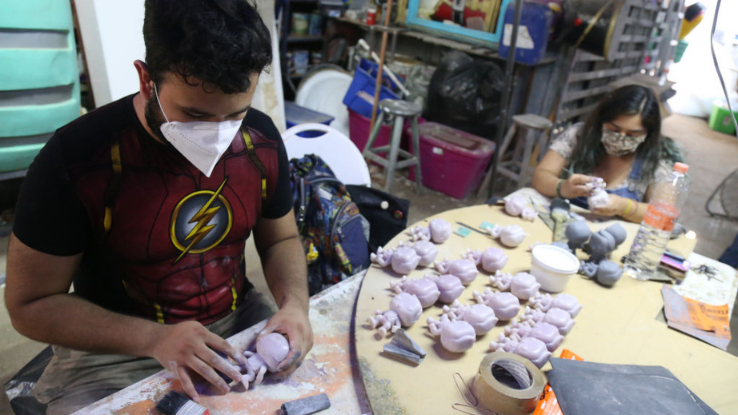
Collecting Pops has become so popular that a language has developed around the products. The language isn’t as hard to learn as Elvish, but it could make collecting Pops feel less approachable for beginners. For example, people who own Pops are referred to as collectors. Seems easy enough. But what are some of the other terms associated with Funko?
“Exclusive” means that a Pop may only be available at certain locations. Pops are sold through retailers like Walgreens, Hot Topic and Amazon. Occasionally, a retailer will secure exclusive rights to a particular model or variation of a character. Other Pops will only be available at special events like Comic Con and similar gatherings.
“Chase” is one of the more common terms that’s used to describe some of the most sought-after Funko figures. A chase is an altered variant of a regular figurine. This might mean that the figure has a different hair color, is holding a different item, and so on. If a Pop is going to have a chase variant, a limited number of chase figures are made. That might be one for every eight or 30 figurines.
The rarity of chase variants makes collectors and Funko pop hunters “chase” after them. Sometimes chase variants are sold through exclusive partnerships, while other times a collector won’t be able to tell if their Pop is a variant until they take their figure out of the box. The “game of chance” element adds an extra layer of fun to finding and locating a product that people already like.
If you were to plunge deeper into the community, more and more words will pop up. Other words that can help one on a Funko journey include “grail,” a personally defined term for one’s greatest or most-desired Funko Pops, and “vaulted,” the term for a discontinued Funko Pop, and perhaps a reference to “the Disney vault”.
The Future Is Funko
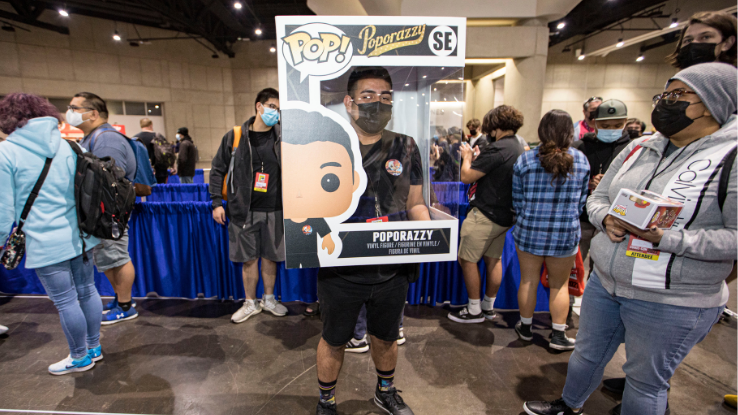
Much like the fads that precedes it, the Funko Pop trend could end in a matter of months. At this rate, however, it would take a lot of missteps on Funko’s end to bring their behemoth down. It seems like more people have become collectors since the pandemic began, despite the hardships caused by COVID-19.
Funko continues to make Pops of contemporary figures as well as of deep cuts from past franchises or decades that folks are nostalgic for. People enjoy collectibles like these because they love being able to have something tangible that represents a joy they’ve experienced. In creating figurines of nearly everything under the sun, Funko is able to reach a wide audience with varied tastes.
Funko’s latest endeavors include going digital. That’s right, Funko is getting into the NFT game. Using Droppp’s io platform and Wax’s blockchain, some Funko Pop products can become more exclusive than ever before. Owners of Funko NFTs can acquire a physical version of the NFT after 120 days. Somehow, Funko has figured out how to make their Pops even more exclusive.
It sure looks like Funko will be around for quite some time. If the future really is Funko, at least they’re cute.






